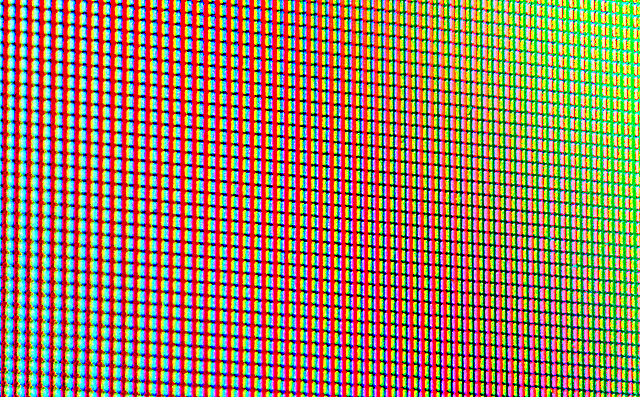Did you even know your TV had an Eco mode? I suppose I should start there. Pretty much every TV does, and it’s buried deep in the bowels of your TV’s settings. You might have to do quite a bit of scrolling to find it.
Now, among some folks I have the reputation of being a bit of a treehugger, so what I’m going to say might surprise you: Don’t use the Eco mode on your TV. It’s your call, but I want to lay out my point of view and then you should make your own decision.
1. TVs are pretty darn efficient anyway.
In the 20th century, televisions operated by pumping up the voltage using massive transformers. These transformers weren’t very efficient, and it took a lot of power to make a TV picture happen. How much? It depended on the TV, so let me just explain something of how it all worked and you can use your imagination. TV pictures happened because a magnet bent a stream of electrons so that they could follow a zig-zag pattern up and down the screen. You needed enough power to move these electrons 60 times a second across a path that was 240 zigs and zags long. Just talking about it makes me a little tired, so think about how much power it took. The other thing is that bigger TVs used more power than smaller ones. That’s still true but TVs today are just more efficient.
Today’s TVs use a combination of LED lighting and LCD screens. That makes them a lot more efficient. A typical 50″ TV still pulls down a fair amount of power, but probably not as much as your average laptop. So yes, an Eco mode is going to make it even better, but chances are you’ll really only end up saving a buck or two per month, even with today’s high electric bills.
2. Eco mode is the opposite of good picture quality.
Typically, the Eco mode of your TV works by dimming down the LED backlight in your television. Sometimes it also limits the amount of current going to the LCDs. After all, there aren’t a lot of other ways to save power. These two “features” create worse picture quality, on purpose. Cutting the brightness of the LEDs is just going to create a dimmer picture overall, while decreasing the voltage to the LCDs can mean they don’t go completely opaque. This will mean noticeably poorer contrast in shadow areas.
Having that Eco mode on is essentially going to kill the HDR capability of your TV, so if you bought an HDR TV, your money will be wasted. This is especially true if there’s some sort of brightness sensor that dims that picture when the room is darker.
3. Eco mode was probably never part of the equation in your TV’s settings
Unless you bought a low-end TV (which is still going to look fairly good), there’s probably some sort of calibration built in. It’s becoming more common to see Dolby Vision in mid-grade TVs, and even TVs without it usually have some sort of Game mode which disables certain user settings in order to provide a consistent experience.
Chances are that Dolby Vision, Game Mode, and other calibrations were done with Eco mode off. That’s how the manufacturer can give those outstanding numbers for brightness and contrast. Those numbers sell TVs, at least to people who read them.
On by Default?
The Eco mode of your TV is probably on by default. It may be called Eco mode, Energy Star Mode, Fast Start mode (setting that to “off” saves power) or something like that. It’s set “on” by default so that when the government does their energy testing, the TV uses less power. That’s all the government really cares about, and the rest is up to you.
When I get a new TV, I hunt for settings I don’t like and disable them right away. I look for something like “Demo Mode” which pumps up brightness and color so the TV looks good in a brightly lit store. I make sure that’s off. I also make sure Eco mode is off and that anything having to do with a brightness sensor is disabled unless the TV has Dolby Vision IQ. (Dolby Vision IQ actually uses the sensor to calibrate even better.) I also turn off any microphone or online reporting features, but that’s just me.
In the end, it’s your call. If you prefer the idea of saving a buck or two on your power bill, go ahead. It’s your TV. Personally I am guessing that if you really worried about that amount of money you might have gotten a smaller TV anyway and that’s fine too.



